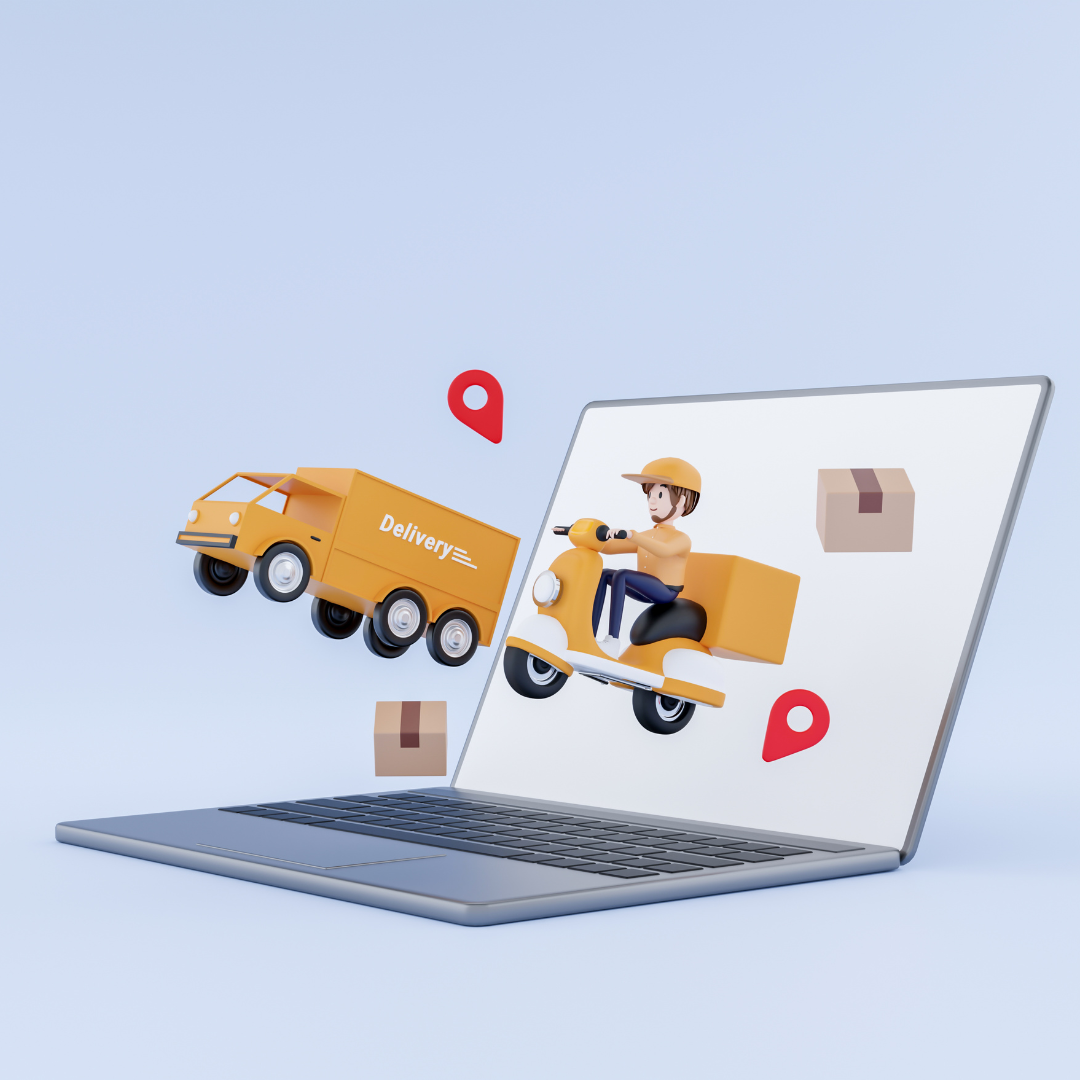Hey there, eco-warriors and tech enthusiasts! Let’s talk about something that’s creating waves in the business world – eco-friendly shipping practices. Why, you ask? Because who doesn’t want a cleaner, greener planet, right? Plus, it’s high time we merge technology with sustainability. Let’s dive in!
The Big Picture: Our Planet Needs Us!
First things first, let’s understand why this topic is hotter than a summer in the Sahara. Our planet is literally begging us to reduce pollution and carbon footprints. And guess what? The shipping industry plays a big role in this. Those massive cargo ships aren’t just carrying your latest online shopping spree; they’re also carrying a hefty environmental impact.
The Role of Shipping Software in Going Green
Now, let’s add some tech spice to the mix. Shipping software like 3G – the unsung hero in the world of logistics. This wizardry not only makes shipping more efficient but also greener. How? By optimizing routes, reducing unnecessary journeys, and, wait for it… cutting down on paper use (because who needs more trees cut down, right?).
The Green Features of Shipping Software
Alright, let’s break it down with some cool bullet points:
Route Optimization: Think GPS on Steroids
This feature finds the shortest and most fuel-efficient routes. Less fuel equals happier Mother Earth! But wait, there’s more. By avoiding traffic jams and taking the road less traveled, we’re not just saving fuel; we’re also reducing air pollution. Plus, this smart technology can adapt in real-time, meaning if there’s a sudden roadblock, your delivery won’t turn into a ‘Mission Impossible.’
Carbon Footprint Tracking: Keeping an Eye on Your Carbon Diet
It’s like watching your diet, but for the planet. This nifty feature helps you track the emissions for each shipment. Think of it as a fitness tracker for your cargo. You’ll be able to see the environmental impact of each delivery and make changes for a healthier, greener shipping strategy. It’s like having a green conscience for your business.
Paperless Operations: Digital is the New Sexy
Say goodbye to mountains of paper and hello to sleek, digital documents. This isn’t just about cutting down on paper waste – though that’s a huge win. It’s about efficiency, speed, and security. Digital documents can’t be lost in the mail, and they’re always just a click away. Plus, they’re easy to organize and search through. Who knew being eco-friendly could also mean being ultra-organized?
Energy-efficient Warehousing: Feng Shui with a Green Twist
It’s all about optimizing space and resources. Energy-efficient warehousing means using smart sensors and AI to control lighting, heating, and cooling, reducing energy waste to almost zilch. Imagine warehouses that work smarter, not harder, to keep our planet cooler. It’s like giving your warehouse a green makeover, turning it into a model of sustainability.
Real-Life Impact: It’s Not Just Numbers!
Let’s get real for a moment. Implementing these features can significantly slash carbon emissions. And no, we’re not talking about minuscule numbers. We’re talking big, impactful changes that our grandkids will thank us for.
Why Businesses Should Jump on the Eco-bandwagon
Now, for the business folks wondering, “What’s in it for me?” – here’s the scoop:
- Brand Image: Customers love a company that cares about the planet. It’s like being the cool kid in school.
- Cost Savings: Less fuel and paper equals more money in the bank. Ka-ching!
- Regulatory Compliance: Stay ahead of the curve and avoid getting slapped with fines.
The Human Touch: It’s More Than Just Business
Remember, behind every business decision, there’s a human impact. By choosing eco-friendly practices, companies are not just ticking a box; they’re contributing to a healthier world for all of us. That’s something to be proud of!
Overcoming Challenges: Yes, It’s Possible!
Alright, let’s not sugarcoat it. Transitioning to green practices isn’t a walk in the park. There are challenges like initial costs and training. But hey, no great change was ever easy, right? The key is to start small and gradually scale up.
Small Steps Lead to Big Leaps
Here are some baby steps businesses can take:
- Educate Your Team: Knowledge is power!
- Start with One Feature: Don’t overwhelm yourself. Pick one green feature of your shipping software and start there.
- Monitor and Adjust: Keep an eye on how these changes are affecting your operations and tweak as necessary.
The Future is Bright and Green!
In conclusion, blending eco-friendly practices with shipping software isn’t just a trend; it’s the future. And it’s a bright, green one at that. So, let’s roll up our sleeves and do our bit. Because at the end of the day, it’s not just about shipments; it’s about shaping a better world for future generations.
Now, go forth and be the eco-champion your business needs!















